Fujifilm FinePix A920 Review
Fujifilm FinePix A920
It's a lot of camera for the money, in more ways than one
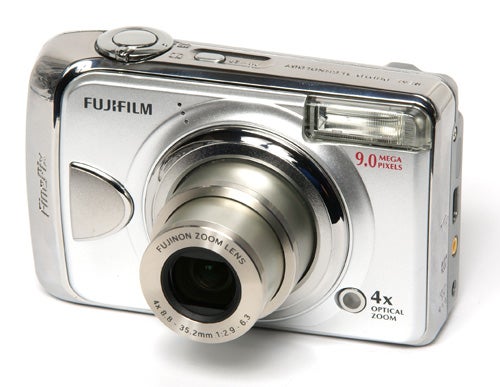
Verdict
Key Specifications
- Review Price: £95.00
Fujifilm’s A-series of plastic-bodied, AA-powered compacts is quite possibly the longest-running camera range of them all, with the first model in the line, the 1.2-megapixel FinePix A101, appearing as long ago as 2001. Over the past seven years the A-series has had its ups and downs, with some very good models and one or two absolute stinkers, but on the whole it has always represented good value for money. Today’s camera is the latest in this long line, the FinePix A920.
The A920 is a prime example of this low-cost, high-value ethos. Currently priced at around £95 it offers 9.0-megapixel resolution from a 1/1.6-inch SuperCCD HR sensor, a 4x optical zoom Fujinon lens and a 2.7-inch LCD monitor. Of course it does have its limits; the monitor is only 115k pixel resolution, and the maximum ISO value is only 800, but it’s still a lot of camera for not very much money. There aren’t many camera on the market that can easily be compared with the A920, but a fairly close match might be the excellent Samsung S85 (£90), or the not-so-excellent Nikon L14 (£90), although neither of these cameras can match the Fuji’s specification.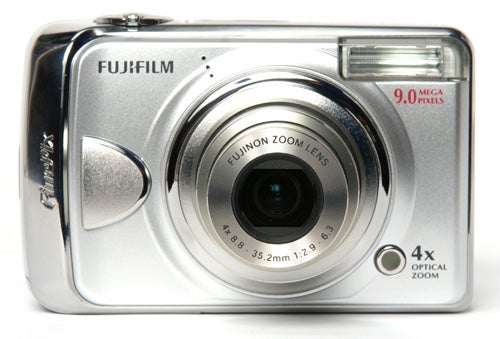
While your £95 buys a good specification, it has to be said that it doesn’t buy a lot of elegance. The A920 is a rather big-boned camera, measuring a pocket-stretching 97.5 × 61.9× 31.8mm, and weighing over 200g when loaded up with a couple of standard AA batteries. About 25g can be shaved off this weight by using lighter and longer-lasting Lithium batteries, but it’s still a big, heavy camera. Despite its plastic body the build quality is generally good, with only a couple of creaks when given a good squeeze. The battery hatch has a plastic hinge, but it’s pretty solidly made and looks quite durable. The tripod bush is also plastic, but to be fair a camera like this probably isn’t going to spend much of its life on a tripod anyway.
The large size of the camera’s body and the slightly sculpted shape of the right-hand side makes it easy and comfortable to grip, and the large and rather clunky controls are solidly mounted and operate with a very positive feel. The A920 might be a good choice for someone with limited hand mobility. The zoom control is a rotary collar around the shutter button, and main shooting mode selection is via a large knurled dial on the back plate, positioned in such a way that it doubles as a thumb rest. Turning this dial is accompanied by an on-screen note explaining what the selected mode is used for.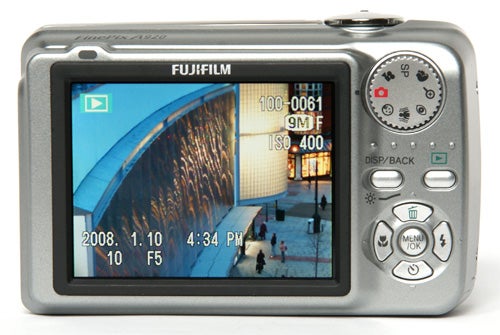
The main menu system is extremely simple, in fact it seems almost too simple, as though it had been designed for a slightly more complex camera but has then had most of its options disabled. It consists of only three icons, so even the most technophobic Luddites will find little to intimidate them.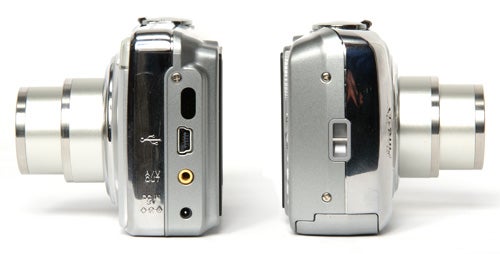
The simple control layout reflects the camera’s simple operation. It is very much an auto-everything snapshot camera, with only automatic exposure or 16 scene modes to choose from. There is no manual control over any other aspect of the camera’s performance apart from white balance and exposure compensation. There is no continuous shooting mode, and even ISO setting is limited to fully automatic, which is a bit puzzling since it states on Fuji’s website that it can be manually selected between 100 and 800 ISO. The main shooting modes are the standard fully-automatic, a baby mode, an “image stabilisation” mode (which simply sets a higher shutter speed), a portrait mode with face detection, a red-eye reduction mode, and a movie mode. This last item is one of the A920’s few real weaknesses, since it can only manage QVGA (320 x 240) resolution at 30 frames per second.
The A920’s overall performance is actually pretty good for a budget-priced camera. It starts up in approximately 2.8 seconds, which is not too shabby, and shuts down again promptly in 1.9 seconds. There is no continuous shooting mode, but the shot-to-shot cycle time is 3.2 seconds, which is a little slow but not appallingly so. The AF system is a little on the slow side by recent standards, but it is solidly reliable and works well in low light. Flash performance is also good, with a range of 3.9m at wide angle, good close-range exposure and excellent frame coverage. Flash cycle time is also reasonably quick at approximately five seconds, although I did notice that this got a bit slower as the batteries ran down. Battery duration will obviously depend on the type of AA batteries used, but with high-power alkaline cells I took around 120 shots before the charge level indicator dropped to two bars.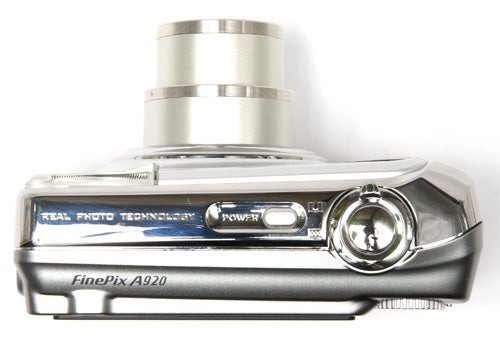
With many budget cameras, the corner-cutting that keeps the price down results in inferior image quality, but this is certainly not the case with the A920. In fact I was pleasantly surprised by the generally excellent image quality, and especially its low-light performance. The lens is very good, producing virtually no distortion at either end of the zoom range, with very good centre sharpness and only a little blurring in the corners of the frame. The overall level of fine detail was also very good, but the lack of manual control over the ISO setting means that some detail can be lost when shooting in low light. Noise control is very good however, and even in shots where the automatic metering had selected the maximum 800 ISO there was no real problem with noise apart from a slight blurring of fine detail. Colour rendition is superb, and the large SuperCCD HR sensor provides excellent dynamic range with plenty of shadow detail.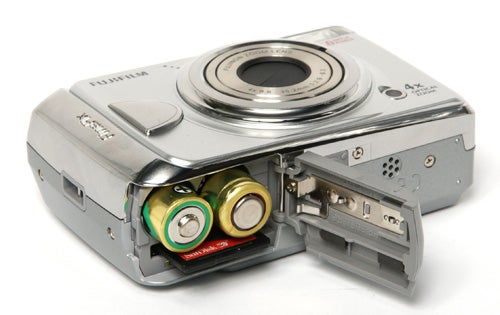
”’Verdict”’
Considering its low price, the FinePix A920 is remarkably good value. It is a very simple snapshot camera with few manual options, but the wider than usual zoom range gives it a bit of extra versatility. Picture quality is very good by any standard, and overall performance isn’t too shabby either. If you want a good, cheap, simple snapshot camera you won’t find many better.
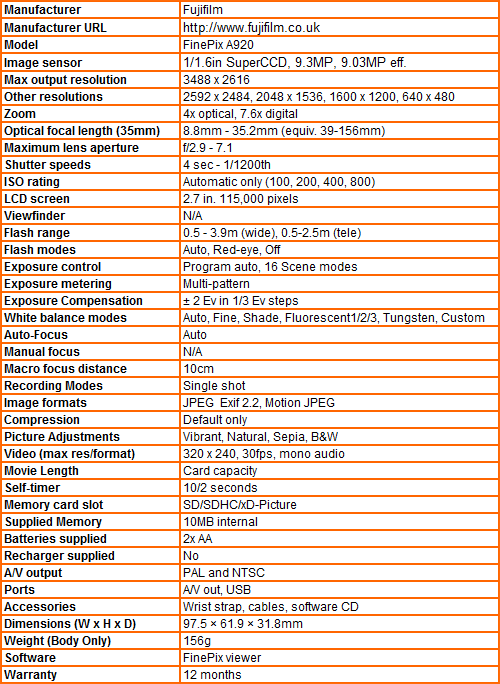
”A range of general test shots are shown over the next two pages. In some cases, the full size image has been reduced for bandwidth purposes, and a crop taken from the original full resolution image has been placed below it to show the overall image quality. Some other pictures may be clicked to view the original full-size image.
Note: There are no ISO test shots for this review, since the A920 does not have manually selectable ISO settings.”
—-
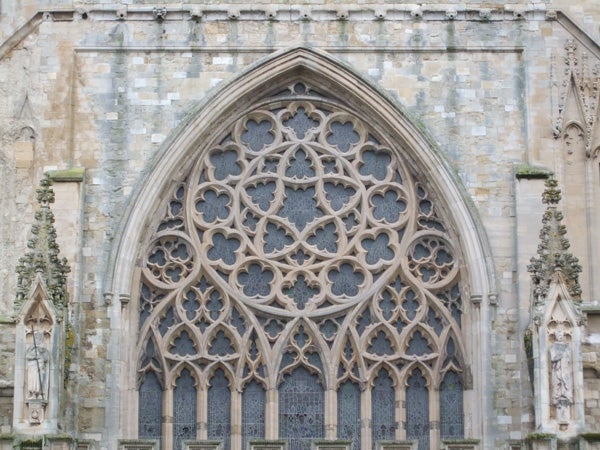
Here’s the usual detail test shot of the West Window of Exeter Cathedral, for you to compare with other cameras. See below for a full res crop, or click to see the whole picture.
—-
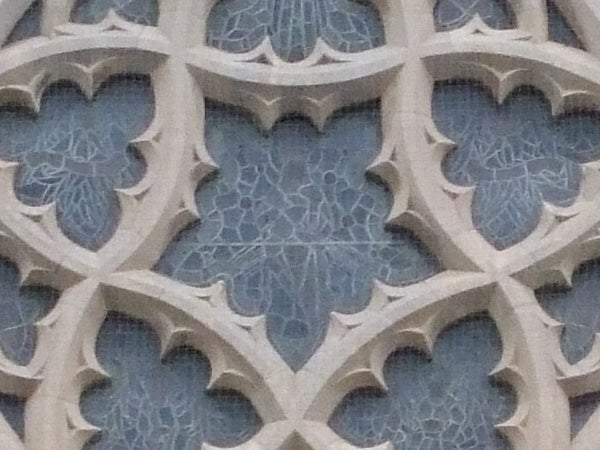
The auto ISO system set this shot at 400 ISO, but even so there is still a fair bit of fine detail. The strands of the anti-bird netting are clearly visible.
—-
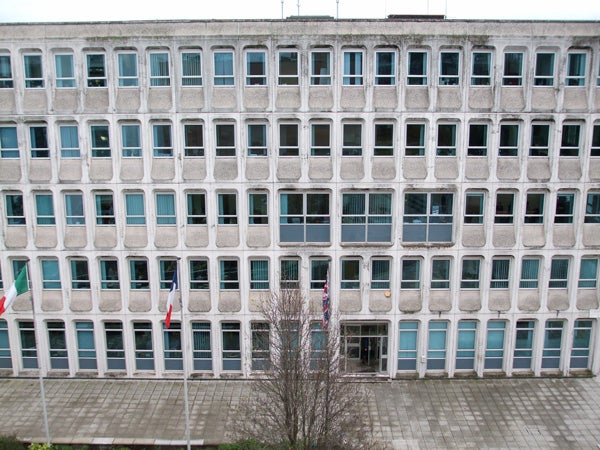
The 4x zoom lens produces very little barrel distortion at wide angle.
—-
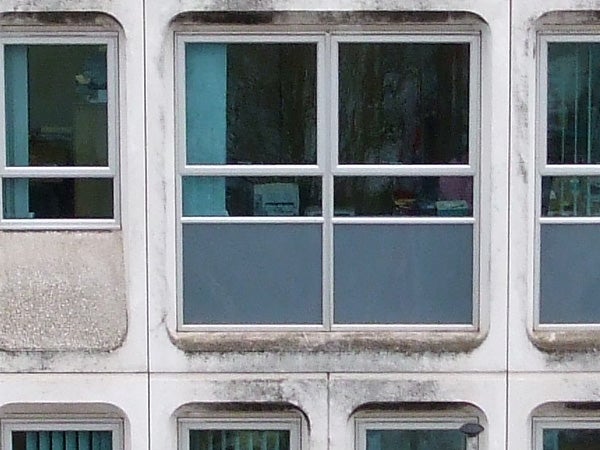
Sharpness in the centre of the frame is very good. This shot was at 200 ISO.
—-
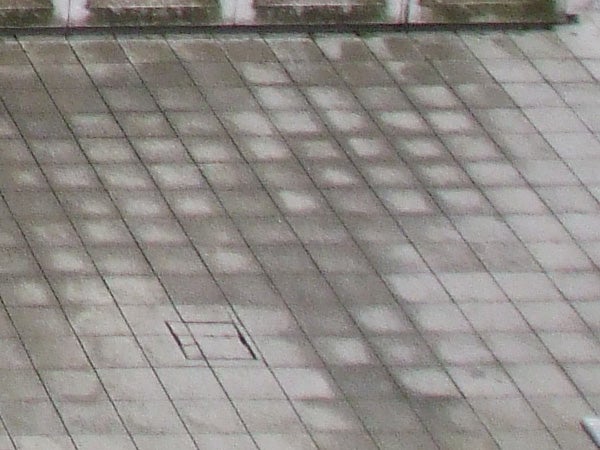
There is some blurring in the corner of the frame, but on the whole it isn’t too bad.
—-
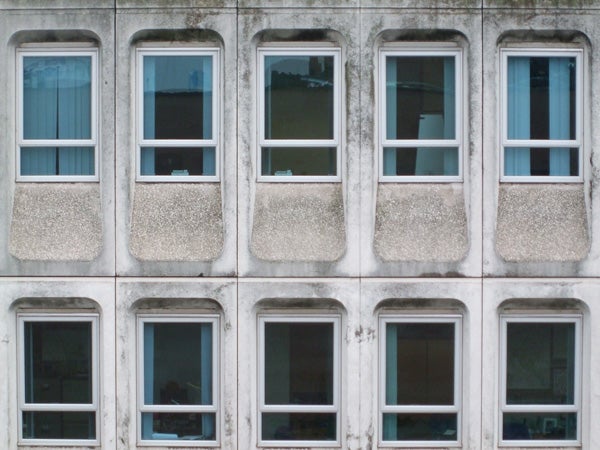
The same building shot at the telephoto end, very little pincushion distortion.
—-
”Here are some general test shots to help evaluate the camera’s overall image quality, including the zoom range of the lens. Some pictures may be clicked to download the full size original image.”
—-
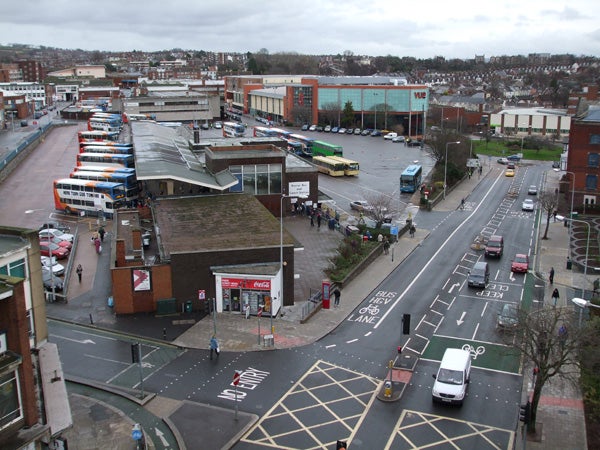
The 39mm-equivalent wide-angle end is less wide than most.
—-

The telephoto end is equivalent to 156mm, good for zooming in on details.
—-
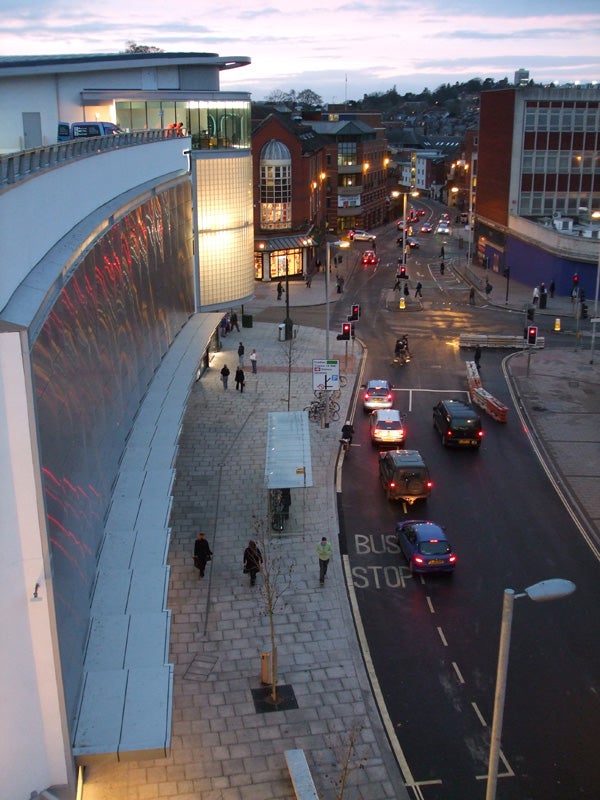
Colour reproduction is excellent, and low light performance is good too. This was taken at 400 ISO.
—-
Trusted Score
Score in detail
-
Value 9
-
Image Quality 9
Features
| Camera type | Digital Compact |
| Megapixels (Megapixel) | 9 Megapixel |
| Optical Zoom (Times) | 4x |

